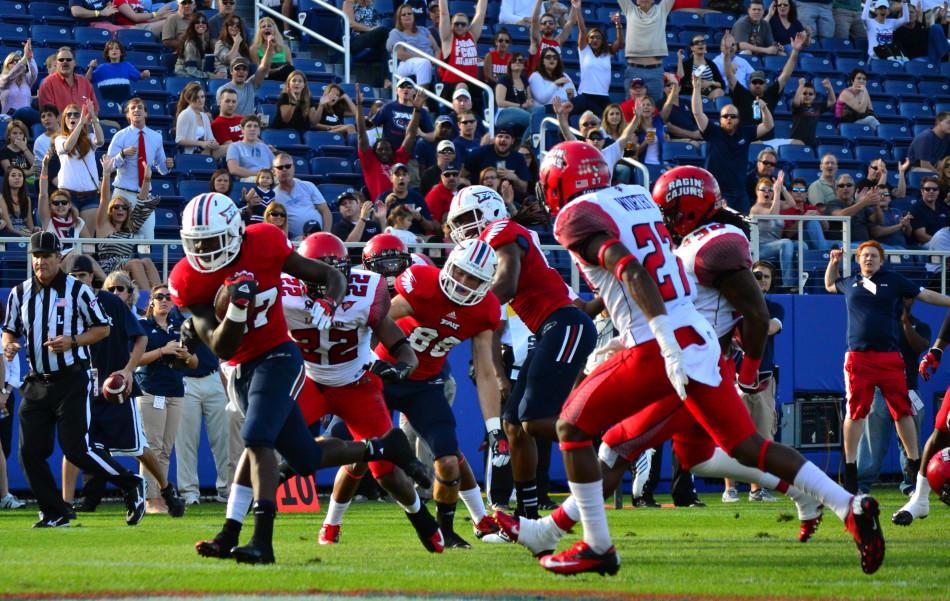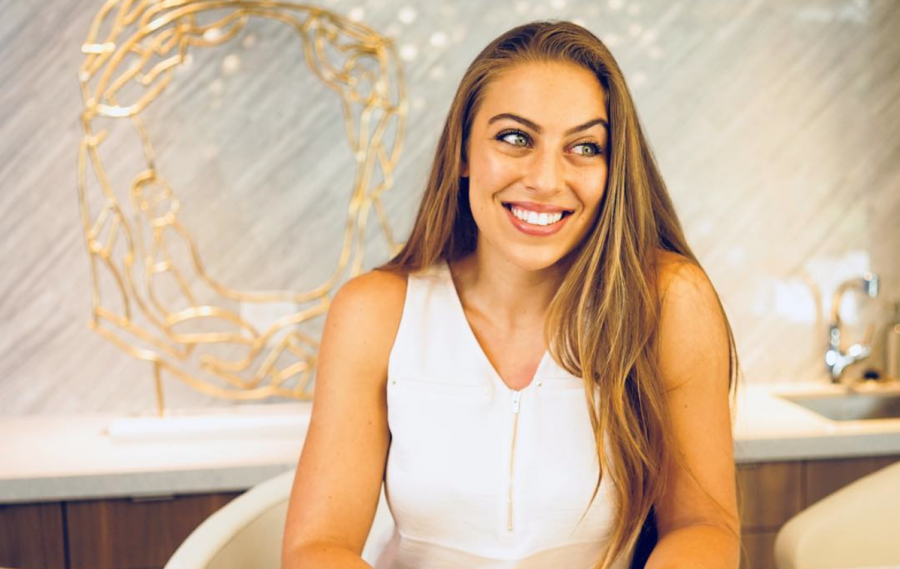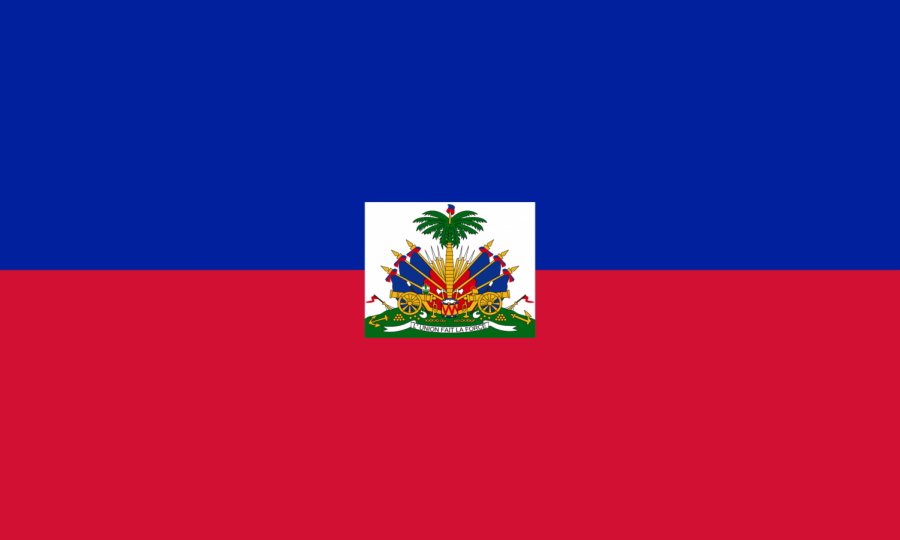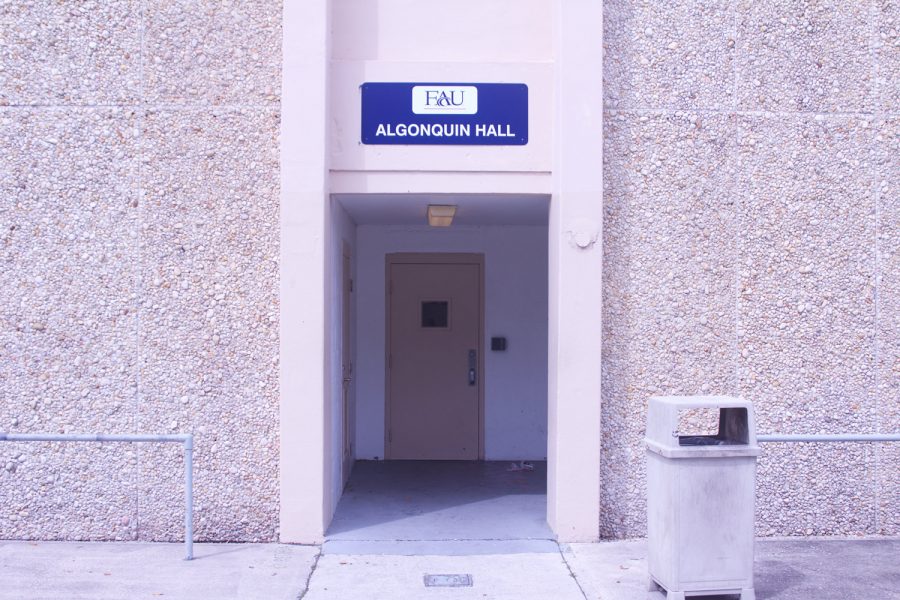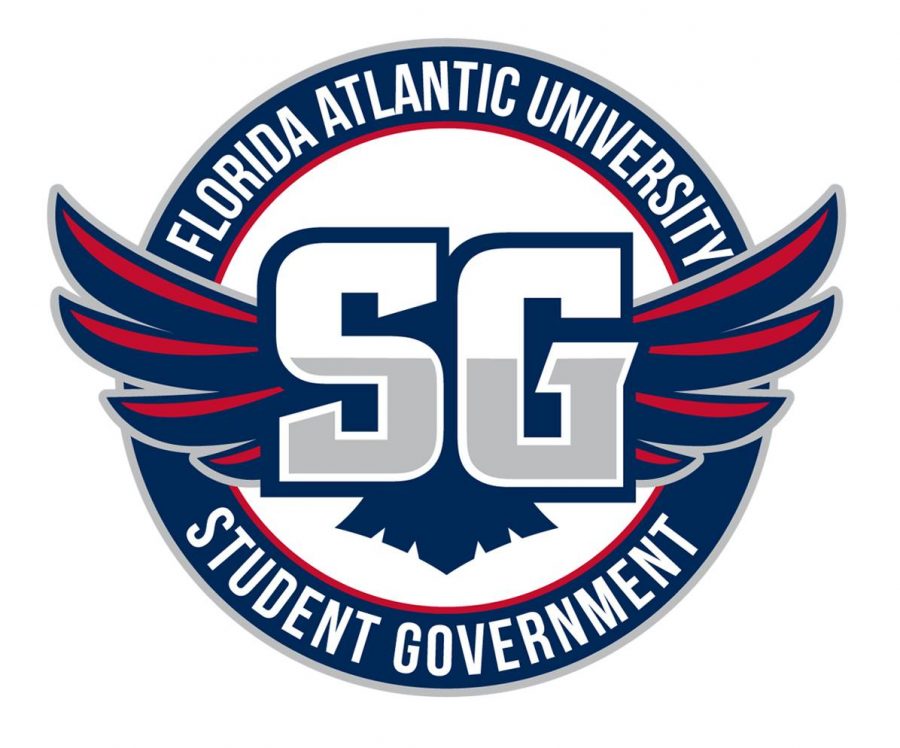[tn3 origin=”album” ids=”189″]
The success of Carl Pelini’s first season as FAU football head coach shouldn’t be measured in wins and losses.
It should be measured by the fact the Owls didn’t quit after a six-game losing streak.
“Every week, after every loss, we just tried to bounce back,” senior David Hinds said to the Sun-Sentinel. “We never had the mindset of giving up. Things never swung our way, but we always fought.”
Three wins is a non-descript total, but after the mockery FAU made out of Howard Schnellenberger’s final season, tripling last year’s victories is a step in the right direction.
“There’s a lot of good things happening within our program, with the recruiting class we’re putting together and the improvement made by the underclassmen in this program,” Pelini said. “I think there’s a lot of progress we’ve made and I expect to compete for a conference championship next year. We’re going to work hard to see if that happens.”
And there’s this for the small contingent of loyal FAU fans that made it out to the game: At least the Owls didn’t get shut out in their finale like they did last season.
So even though Graham Wilbert, David Hinds, and the 11 other seniors went out with a 35-21 loss to bowl-bound ULL, the season isn’t marked by failure.
The biggest difference between 2011 FAU and 2012 FAU was an attitude change. The Owls were much more competitive this season. Last season, the average margin of defeat was over 20; this year it was slightly over 10.
“I really think that this season our record doesn’t really depict what kind of team we are,” Milstead said. “It doesn’t really show we’ve grown. We’ve grown a lot. We were better in spring than we were last season. We grew every day. We didn’t take any off days.”
That comes from new, invigorated leadership. Pelini and his crew of assistants remained positive with the players even in the midst of 57 days between wins.
“There’s going to be a time soon when the wins have to happen, and have to happen every week,” Pelini said to Owl Access. “But to keep perspective, I think, was the hardest thing this year. I think in the end we handled it pretty well.”
The Owls’ offensive strides toward the end of the season made them enjoyable to watch. Running back Jonathan Wallace and wide receiver William Dukes are two Owls players in particular who will help ensure high point totals will continue in 2013.
Dukes made Owls history with a record 204 yards. Of his nine catches, two were touchdowns – one on a 75-yarder across the middle early in the first quarter and a 42-yarder in the fourth.
Wallace ran for an 11-yard score to cap a 95-yard drive to end the first quarter. Pelini began the season with a running back by committee approach but Wallace is now the unsung workhorse.
Wilbert will give way to either Stephen Curtis or Melvin German III as quarterback in 2013, but more important than the actual players on the field is the mindset which was formed.
“I think we got our systems established and the expectations of the program established,” Pelini said to Owl Access. “I think the players have been engaged the whole season and we have continued to progress and get better.”
***
The future will take place in a new conference.
The transition to Conference USA in 2014 won’t make the Owls instant title contenders, but will help in two major ways: revenue and exposure. C-USA has TV deals with Fox, CBS, and ESPN, so the Owls will be more visible to recruits than ever before. C-USA has seven bowl tie-ins, so even perennial mediocrity should be good enough for trips to the postseason.
“There’s a lot of gems in small places. This program has a lot of talent, we just got to win to get looked at,” Hinds said. “I feel like the move to Conference USA helps that out also.”
According to Nielsen research, FAU games will be seen by 11 of the top 65 TV markets in the country. FAU Athletic Director Pat Chun says the Owls will make as much as $1 million more per year now that they’re saying bye-bye to the Sun Belt.
“This is a momentous day in the history of Florida Atlantic University,” Chun said to FAU Sports. “We are proud to be aligned with the great institutions that define Conference USA. More than ever, we are committed to the development of our student-athletes into leaders and champions.”
The most immediate benefit of the conference switch is the continuation of a growing rivalry with FIU. The Shula Bowl lives on and the Owls can thank the Panthers for that. FIU helped persuade C-USA that FAU was a viable option for a travel partner.
“The future of Florida Atlantic and its athletics is very bright,” C-USA commissioner Britton Banowsky said to FAU Sports. “The commitment to excellence by FAU’s outstanding leadership is clear, as evident by its new on-campus stadium. FAU is a perfect fit for the divisional model and located in a destination Conference USA fans will enjoy.”
FAU correctly decided to pounce on the chance to relocate, especially given the rapidly changing college sports landscape.
“You watch all these moves happening and you know that the move is happening and you know that move is toward mega conferences, so you want to be relevant in that discussion,” Pelini said to the Sun-Sentinel. “And I think Conference USA, having a larger national footprint, is relevant in that discussion. Our association with them provides us with a lot of stability.”
And, most importantly, the leadership of Pelini and the jump to a new conference finally gives Owls fans something they’ve lacked for quite some time: hope.


